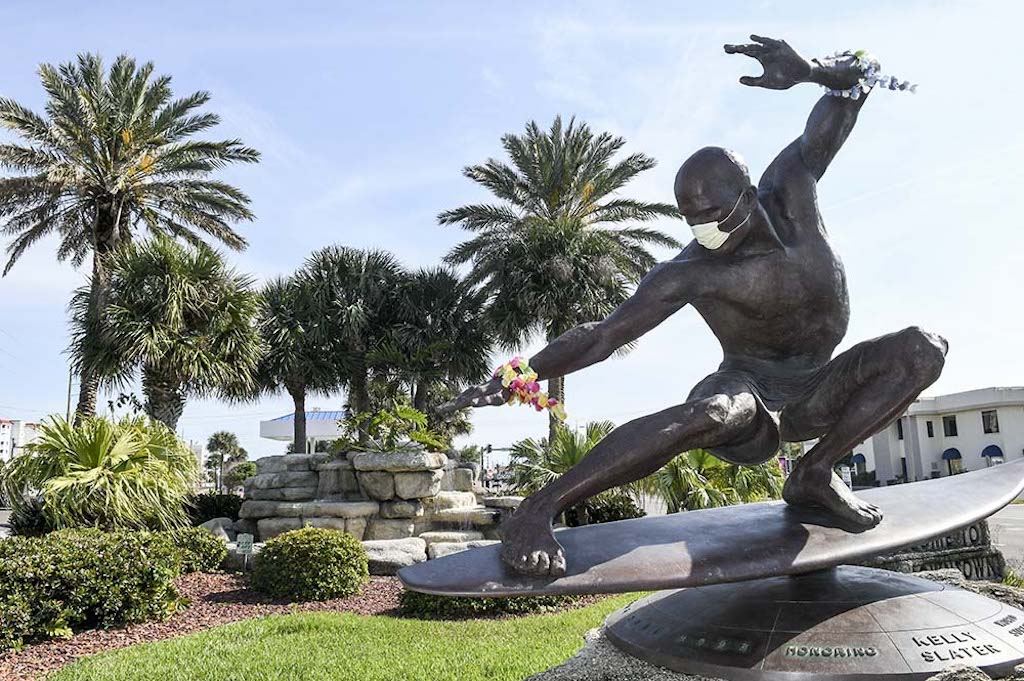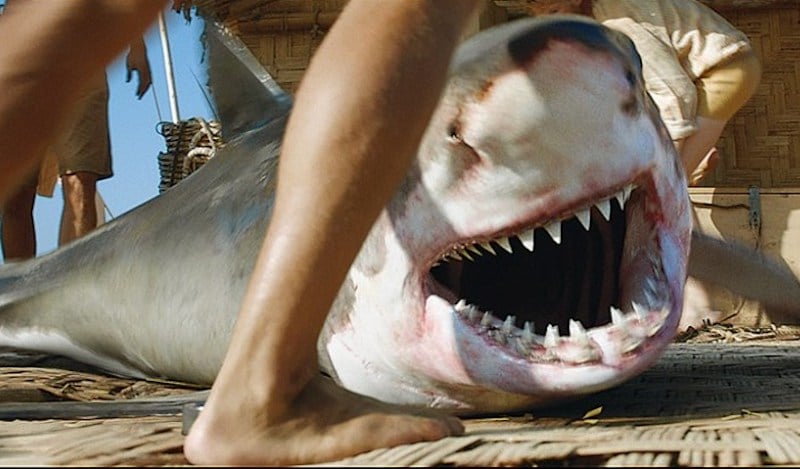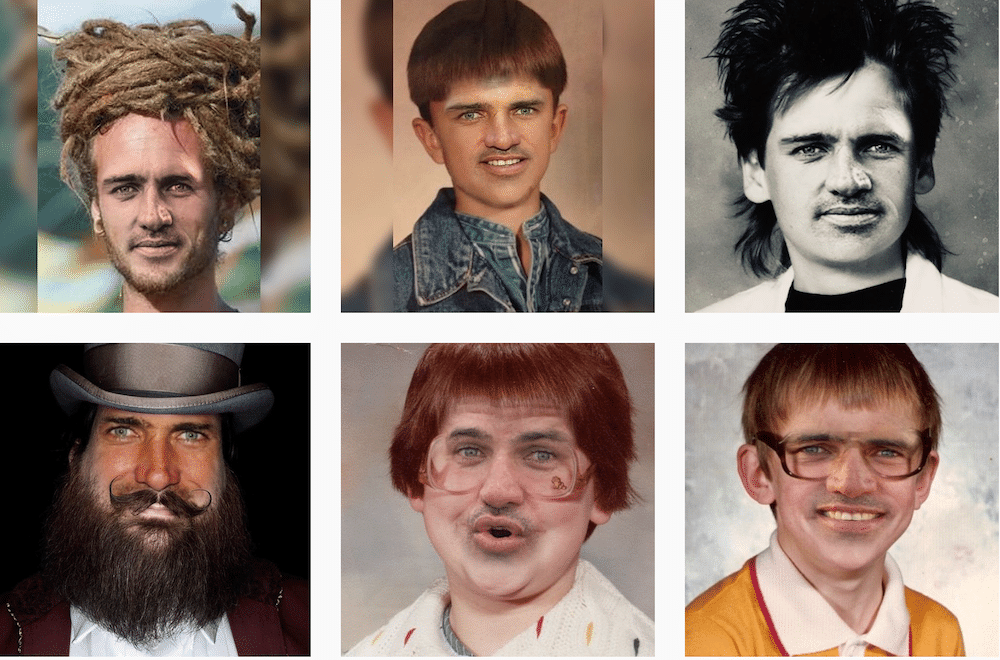If the cops had the kill order and they were so close they could reach out and touch its dorsal fin why was it not carried out?
Sixty-year-old Rob Pedretti was just doing what is, was, a regular winter ritual for Queensland surfers yesterday: a little cross-border raid to try and pick up a little extra juice on the miles of undistinguished beachbreak that stretches south from the QLD border to Cape Byron.
We all know what happened next.
Poor bastard had his leg ripped off in the jaws off a fired up White. He did not survive the attack.
Soft, wintery day. You get a lot of them around here this time of year.
Warm sun, high cloud drifting in. Clean babyfood with little cats paws of wind ruffle on it. A fit wiry sixty year old would think of nothing but enjoying a little shred.
A hundred miles south I was feeling a little edgy.
Almost a year to the day since a juvey White buzzed me with a little too much intent. Out on the back bank with my boyo and gal.
I don’t like surfing out the back banks, with deep channels between me and the land. Too much opportunity for cruising Whites to get a bead on you. I rarely do it these days but my son wanted a piece of it and helicopter parenting ain’t my bag. If a kid wants a piece of it, my reaction is almost always: sure, go get it.
My boy was lollygagging in the water. “Get back on your board,” I ordered.
He must have sensed something in my voice.
“Why?” he replied.
I didn’t respond. Just scanned the water. There was bait, birds and dolphins feeding. Nothing unusual there, thats typical. Especially for this time of year.
A short timeline and context follows, for the record.
Twenty-three days ago, my pal the shark drum line contractor for the smart drum-line array off Ballina/Lennox was complaining about the endless run of swell.
The surf was pumping but he was agitated; he’d dragged a fat twelve-foot White off the drum-line two days before and he wanted to get back work. The big swell was preventing him from baiting and checking the gear.
He, like me, believes the drum-lines are keeping surfers safer in the area which has become a White shark attack hotspot. Ain’t too many whites can swim past a 22/0 circle hook with a stingray flap as bait.
They get dragged a mile out to sea and released with a tag inside them.
So we all knew it was that time of year again.
But we forgot, in the midst of very fine run of late autumn swell. Crowds were high, there was safety in numbers.
Day before the attack was a dreamy day. Head-high sets rifling down the bank. Moderate crowd. The water was stacked with bait. Slivers of cut glass in the morning sun. A yellowtail kingfish the size of a small pony swam straight past me. Crystal clear water.
There’s no safety in that. We’ve learnt the published guidelines on avoiding White shark attacks are straight up BS. They like clear water, sunshine, small surf. The mistaken identity theory was the first casualty. White sharks, we learnt, are curious to aggressive.
What makes a looker, into a circler, into a bumper then a biter we don’t know.
Neither will Rob Pedretti or his buddies that tried to drag him in after the attack. The attack happened around ten am. Paramedics were there by 10.40. The police cat scrambled from Tweed Heads, went out the bar, turned south, went past Fingal headland, then Kingscliff creek and the rocky reefy corner of the coast before it got to the open stretch of beach in front of a series of resorts and a new suburb called Casuarina.
That took just under an hour.
Rob was already gone by then.
Under a blue sheet on the beach, soul hopefully transporting to a more peaceful place.
The cops on the cat found a lifesaver on a ski engaged in a game of cat and mouse with a highly agitated predator. The shark had no intention of leaving the scene of the attack. Article 37 of the Fisheries Act was invoked which enabled the police to execute a kill order on the shark.
The footage of the incident makes this kill order seem confounding. At one stage in the vision a cop on the bow of the vessel is leaning over, almost close enough to the shark to stroke its dorsal fin. He has what appears to be a camera in hand.
I rang Inspector Kehoe from Byron-Ballina Area Command and asked him what the hell happened. If you had the kill order and you were so close why was it not carried out?
“It wasn’t safe to do so,” he assured me.
The shark was too deep to safely put away with a firearm, which is the method used.
I didn’t ask him the deeper moral question of should it have?
In this instance, I think yes.
A defining characteristic of living things, from amoeba to blue whales, is the defence of itself from predation. To abnegate that fundamental natural law is to cloak existence in a sickly coat of misguided anthromorphism. We accept our place in the food chain, celebrate it even, but we don’t let the killer escape back into a highly populated surf zone.
It put the guy away, attacked his mates as they tried to rescue him total nightmare scenario, then hung around for four hours afterwards.
A defining characteristic of living things, from amoeba to blue whales, is the defence of itself from predation. To abnegate that fundamental natural law is to cloak existence in a sickly coat of misguided anthromorphism. We accept our place in the food chain, celebrate it even, but we don’t let the killer escape back into a highly populated surf zone. At the least, not without a tag and a free trip out of the area.
Can anything be done now?
My pal George Greenough has had many encounters with Whites and written about them in detail.
Awareness is his primary tool. You got to turn on the primitive senses, the old lizard brain, that kept us safe on the savannah. If you feel something, check it out. Investigate movement.
It’s amazing how close that big animal can get to you without you knowing about it.
But if you can, if you can get your legs out of the road, even a micro-seconds notice can save your life.
As for his pals who dragged him across the gutter, whilst a ramped up White rammed them and circled them. That’s so gnarly. So, so heavy.
People say they hate their fellow surfers. I love my fellow sistren and brethren surfers and I love them even more when I think of what these guys did for their pal.
I hope they’re OK.
If you know them, keep an eye out.
They won’t be sleeping well for a long time.









